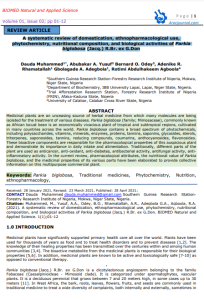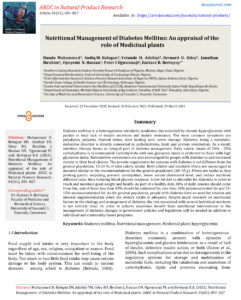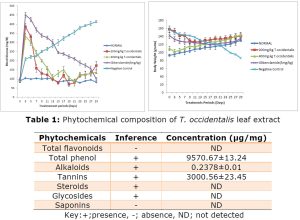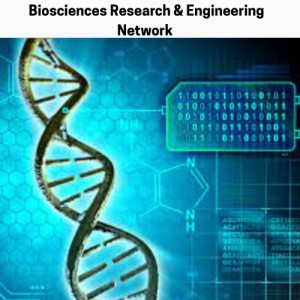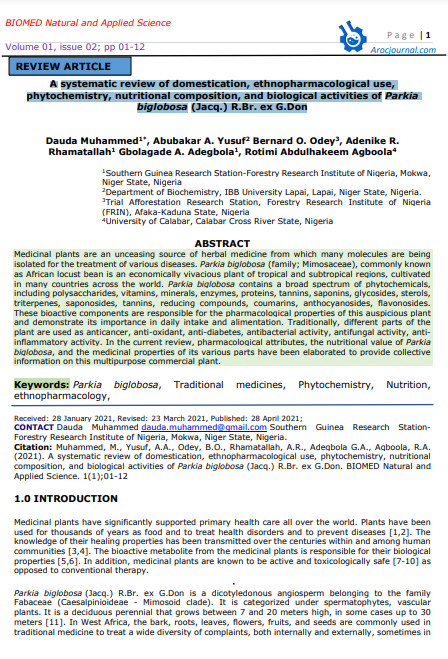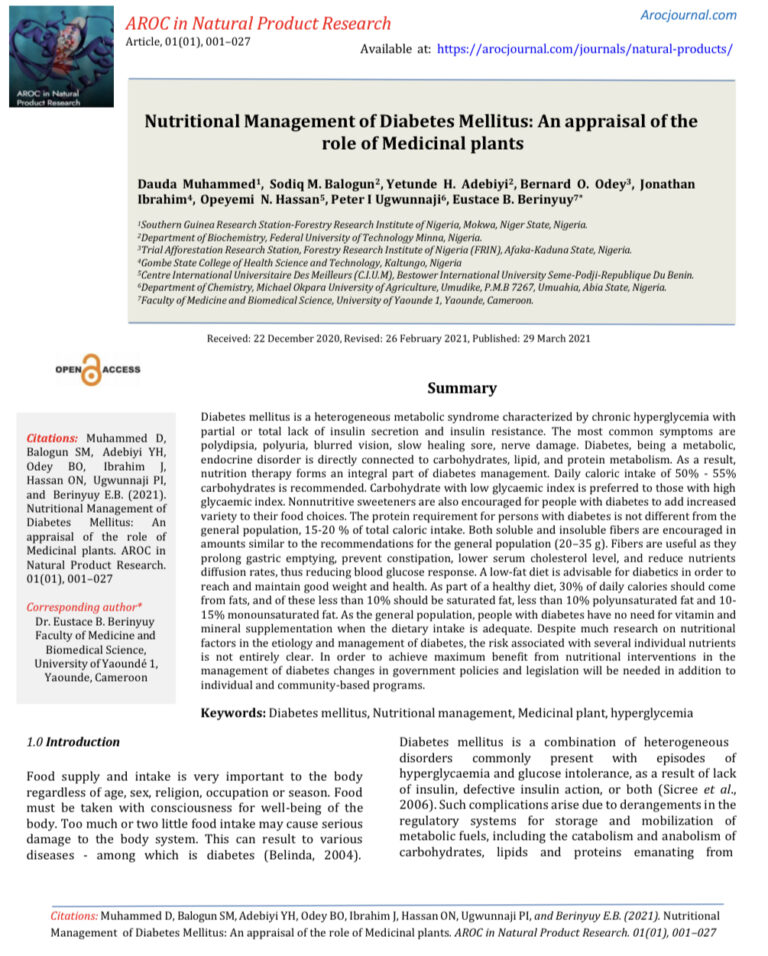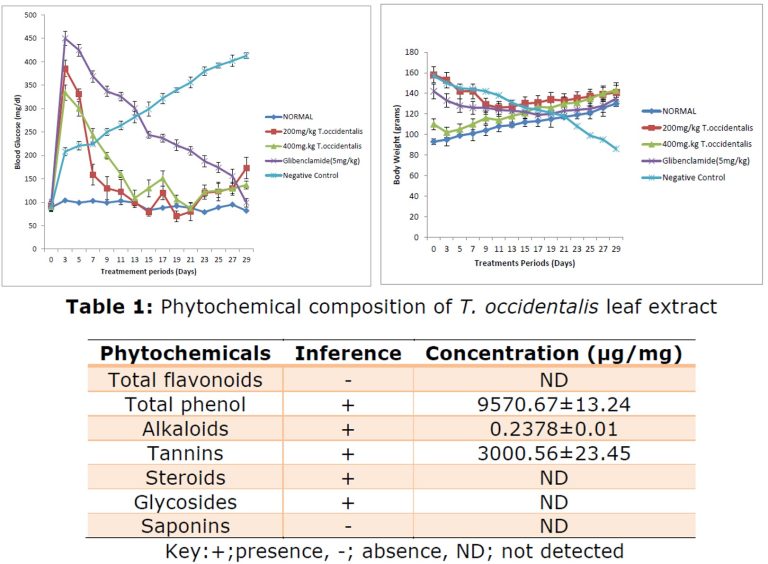Introduction
Quantum computing stands at the crossroads of physics, mathematics, and computer science, promising to redefine what we consider computable. Since Richard Feynman’s seminal 1981 lecture suggesting that quantum systems could simulate nature more efficiently than classical computers, the field has evolved dramatically. Early theoretical foundations, like David Deutsch’s 1985 universal quantum computer concept, laid the groundwork for algorithms that exploit quantum superposition and entanglement—phenomena absent in classical bits. By the 1990s, Peter Shor’s algorithm for integer factorization and Lov Grover’s for unstructured search demonstrated quantum speedup, igniting global interest. Yet, as we enter the mid-2020s, the journey from theory to practice reveals a landscape riddled with challenges, even as opportunities in algorithm design flourish.
This article delves into the evolution of quantum computing, with a particular emphasis on algorithm design. We examine the historical context, current trends, technical hurdles, and forward-looking implications. Drawing on recent advancements, such as modular chip linking to mitigate noise and hybrid quantum-classical optimizations, we argue that innovative algorithm strategies are key to overcoming hardware limitations. Our analysis is grounded in a critical review of NISQ-era constraints and the push toward fault-tolerant systems, offering insights for researchers and practitioners alike.
Background and Context
The origins of quantum computing trace back to the quantum mechanics revolution of the early 20th century. Werner Heisenberg’s uncertainty principle and Erwin Schrödinger’s wave equation highlighted the probabilistic nature of subatomic particles, but it was Feynman who first articulated the computational potential: “Nature isn’t classical, dammit, and if you want to make a simulation of nature, you’d better make it quantum mechanical.” This insight spurred the development of quantum bits, or qubits, which unlike classical bits (0 or 1), can exist in superpositions, enabling parallel computations.
The 1990s marked a pivotal era with Shor’s 1994 algorithm, which efficiently factors large integers—a task exponentially hard for classical machines. Shor leveraged the Quantum Fourier Transform (QFT) to find periodicity in modular exponentiation, threatening RSA encryption if scaled. Grover’s 1996 algorithm followed, providing a quadratic speedup for database searches via amplitude amplification. These breakthroughs established quantum algorithms as superior for specific problems, categorized under BQP (Bounded-Error Quantum Polynomial Time) complexity class.
By the 2010s, hardware prototypes emerged. IBM’s cloud-accessible quantum processors and Google’s Sycamore chip in 2019 achieved “quantum supremacy,” solving a contrived sampling problem in 200 seconds that would take classical supercomputers 10,000 years. However, these were NISQ devices—prone to noise and limited to 50-100 qubits. The evolution reflects a shift from pure theory to hybrid systems, where quantum algorithms complement classical ones, as seen in quantum machine learning (QML) frameworks.
Current Trends and Challenges
Today, quantum computing grapples with scalability and reliability. Decoherence—the loss of quantum states due to environmental interference—limits computation times to milliseconds, necessitating cryogenic cooling and isolation. Error rates per gate hover around 0.1-1%, far from the 10^-15 needed for fault-tolerant operation. Scaling qubits exacerbates this; as circuits grow, noise compounds, rendering outputs unreliable.
Algorithm design faces unique challenges here. Traditional quantum algorithms like Shor require thousands of logical qubits, but current hardware demands error correction overhead—potentially millions of physical qubits for one logical qubit. NISQ trends favor variational algorithms, such as Quantum Approximate Optimization Algorithm (QAOA) for combinatorial problems, which iterate between quantum and classical steps to mitigate noise. Yet, barren plateaus in parameter landscapes hinder optimization, where gradients vanish in high-dimensional spaces.
Emerging trends include quantum error correction (QEC) codes like surface codes, which encode logical qubits across physical arrays, reducing errors to viable levels. Modular architectures, linking smaller chips with noisy interconnects, show promise for scaling without perfect hardware. In 2025, advancements like Fujitsu’s 256-qubit superconducting computer and IBM’s roadmap toward 100 logical qubits highlight a shift to practical utility.
Technical Analysis, Frameworks, and Methodologies
At the core of quantum algorithm design is exploiting superposition, entanglement, and interference. Consider Shor’s algorithm: It decomposes factorization into period-finding via QFT, where qubits in superposition evaluate multiple exponents simultaneously. Mathematically, for a number N, find r such that a^r ≡ 1 mod N, using quantum parallelism to compute exponents in O(log N) depth.
Grover’s algorithm amplifies desired states through oracle queries and diffusion operators. For a database of size N, it achieves O(√N) queries versus classical O(N), ideal for optimization. However, real implementations require error-resilient variants, like amplitude estimation for financial modeling.
For NISQ, hybrid frameworks dominate. VQE minimizes molecular Hamiltonians for quantum chemistry, parameterizing ansatze circuits and optimizing classically. Quantum Imaginary Time Evolution (QITE), a noise-robust hybrid from IonQ, simulates dynamics for optimization. Methodologies like quantum-inspired classical algorithms, using tensor networks, bridge gaps, but true quantum advantage demands fault-tolerance.
Error correction frameworks, such as Steane or surface codes, use syndrome measurements to detect flips without collapsing states. Threshold theorems prove that if physical error rates fall below ~1%, arbitrary computations are possible. Recent simulations show even 10x noisier inter-chip links allow effective QEC.
Case Studies or Real-World Applications
Real-world applications underscore algorithm evolution. In drug discovery, VQE on IBM’s processors simulated lithium hydride molecules, accelerating material design. Google’s Willow chip advanced error correction, enabling complex simulations for chemistry.
A notable case is QuEra’s co-design for error-corrected algorithms in finance, optimizing portfolios via QAOA hybrids. Fujitsu and RIKEN’s 256-qubit system tackled larger molecules, demonstrating scale-ups for error correction. In climate modeling, quantum algorithms like Harrow-Hassidim-Lloyd (HHL) solve linear systems for turbulence, potentially 10x more precise.
Oxford’s distributed quantum algorithm across ion-trap modules via optical fibers illustrates networked computing, running entangled operations for optimization tasks. These cases reveal that while challenges persist, tailored algorithms yield tangible benefits.
Implications and Potential Future Research Directions
The implications of quantum algorithm evolution are vast. In cryptography, Shor’s threatens public-key systems, urging post-quantum standards like lattice-based encryption. For AI, QML could train models exponentially faster, addressing data scarcity. Ethically, unequal access risks widening divides, necessitating inclusive policies.
Future directions include AI-driven circuit optimization, like AlphaTensor-Quantum for efficient ansatze. Quantum thermal gradient descent for many-body minima promises advances in physics simulations. Hybrid quantum-HPC programs, as in Singapore and Microsoft partnerships, will integrate classical resources.
Research should prioritize resilience to decoherence, exploring room-temperature qubits or photonic alternatives. Emergent behaviors in scaled systems may yield unforeseen advantages, akin to large language models. By 2030, fault-tolerant machines could revolutionize fields, but success hinges on algorithmic ingenuity bridging hardware gaps.
In conclusion, quantum computing’s evolution is a testament to human perseverance. Algorithm design, once abstract, now drives practical innovation amid challenges. As we forge ahead, interdisciplinary efforts will unlock its full potential, reshaping computation’s frontiers.

